Ali-Ali Case


For the Aligned-Aligned (Ali-Ali) case, we evolve both an equatorially symmetric (left panels) and a fully 3D (right panels) binary system. The symmetry does not significantly impact the binary during the inspiral phase. The stars come into contact for the first time at $t\simeq 580M\sim 8.5(M_{NS}/1.625M_\odot)\rm ms$. We observe that the configuration in full 3D merges around $130M\sim 2(M_{NS}/1.625M_\odot) \rm ms$ earlier than in the equatorial case. During merger the stars become oblate with spiral arms that wrap around the nascent remnant, forming a cloud of low-density matter. The central regions of the stars begin to orbit around each other, and eventually, collide to form a magnetized hypermassive neutron star (HMNS). We notice that by $t-t_{mer} \simeq 950M\sim 14(M_{NS}/1.625 M_\odot)\rm ms$, the shape of the HMNSs in the two cases is basically the same, though the magnetic field, in the full 3D evolution, has been wound into a larger-scale helical structure.
By $t-t_{mer} \simeq 1700M\sim 25(M_{NS}/1.625M_\odot)\rm ms$, the central core has approached rigid rotation, and collapses to a BH. In the two cases, the BH remnant has a mass of $M_{BH}\simeq 2.75M_\odot$ with spin parameter equal to either $a/M_{BH} \simeq 0.78$, in the symmetric case, or $a/M_{BH}\simeq 0.80$ in the full 3D case. We observe that although the fractions of the total rest-mass outside the BH horizon are roughly the same, the accretion disk in the full 3D case is a factor of $\sim 2.5$ denser than in Ali-Ali equatorial case. At about $t-t_{\text{mer}}\sim3000M\sim 45(M_{NS}/1.625 M_\odot)\rm ms$ following the gravitational radiation peak, an incipient jet is launched. We note that, in the full 3D evolution, the incipient jet is launched only $\sim 60M\sim 0.9 (M_{NS}/1.625M_\odot){\rm ms}$ earlier than in the equatorial case, though its funnel walls were formed $200M\sim 3 (M_{NS}/1.625M_\odot){\rm ms}$ before.
Equatorially Symmetric |
Full 3D |
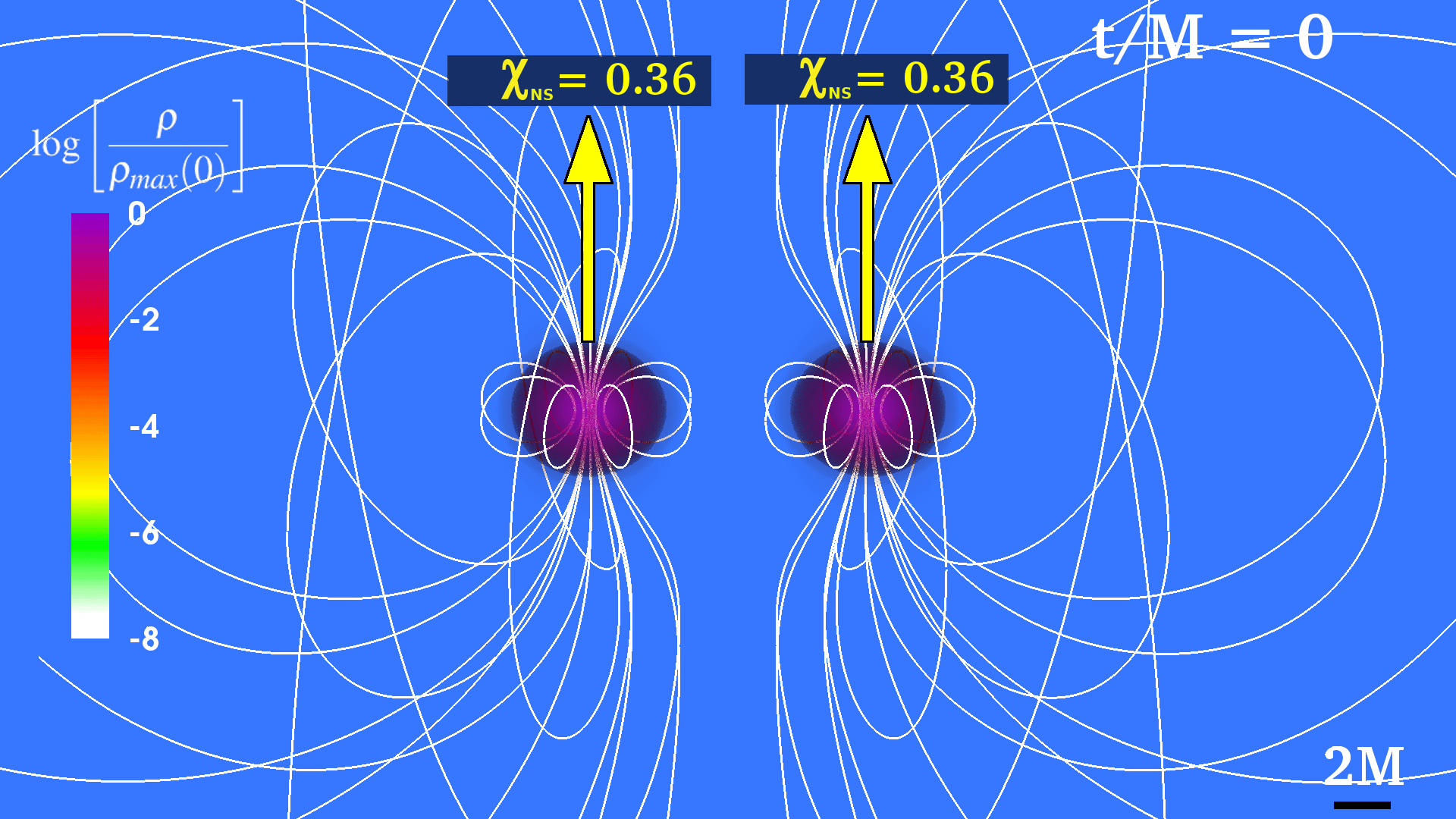 Fig. 1-1: Symmetric rest mass density at time t/M = 0 |
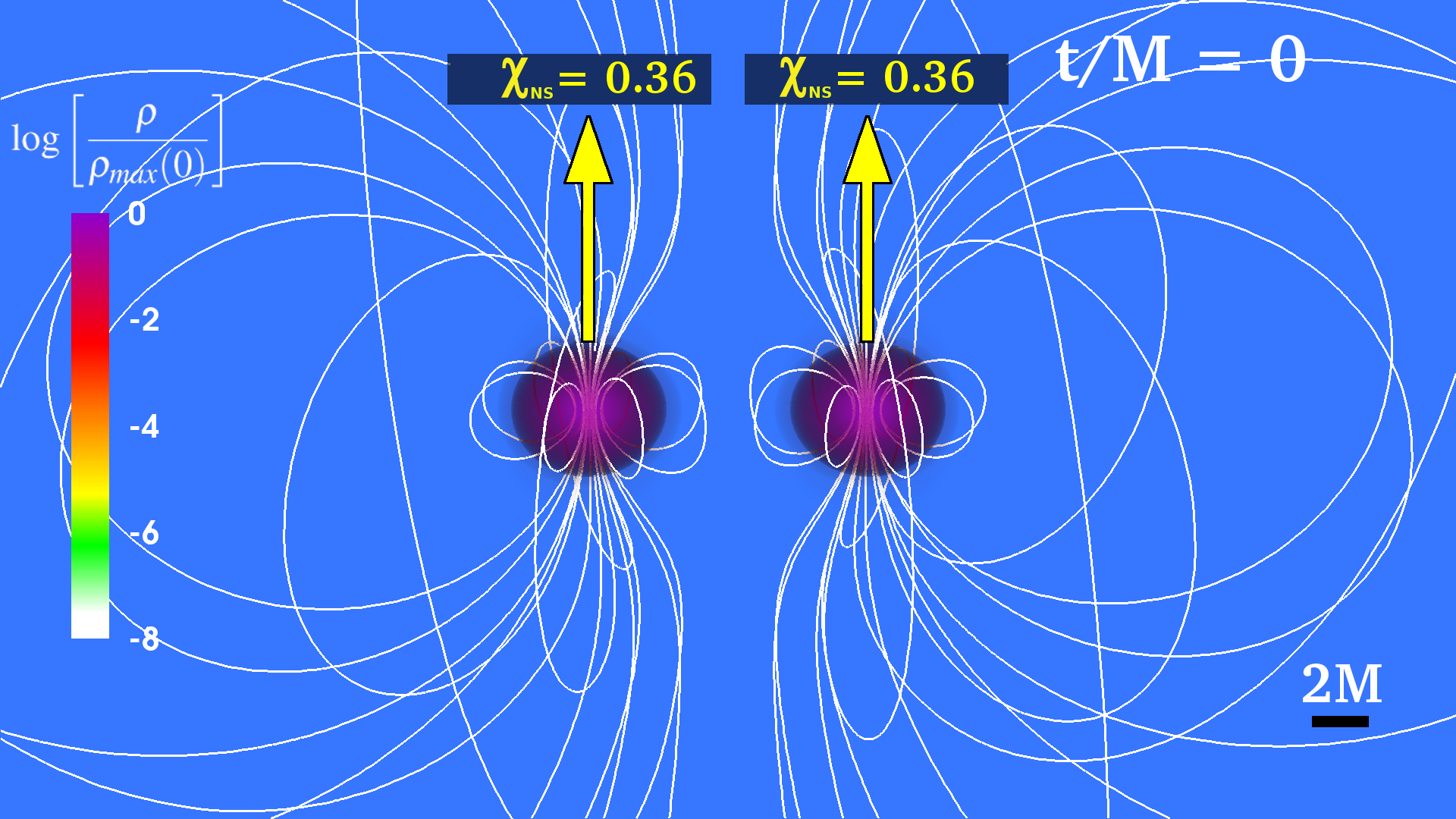 Fig. 1-1: 3D rest mass density at time t/M = 0 |
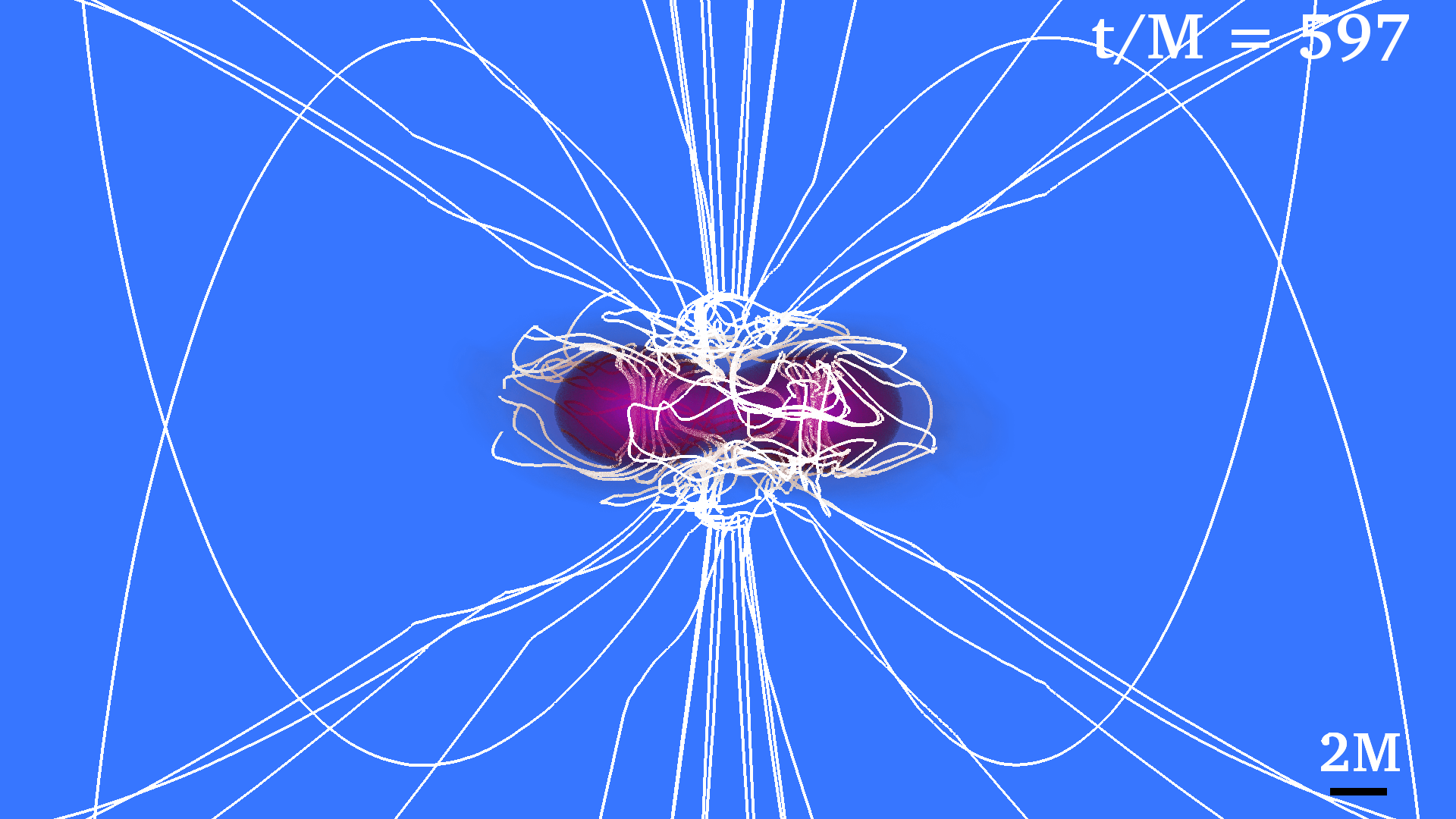 Fig. 1-2: Symmetric rest mass density at time t/M = 718 |
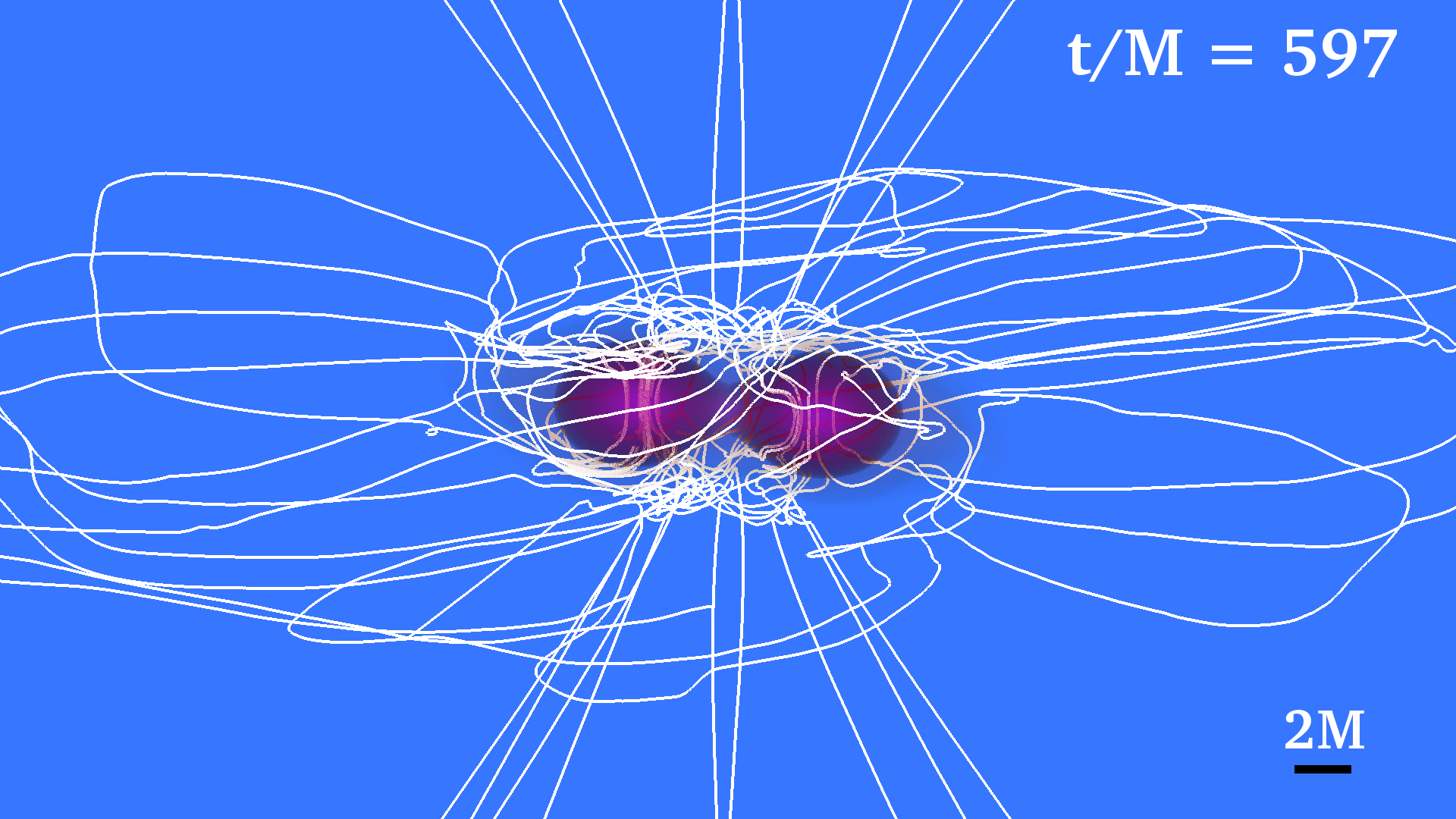 Fig. 1-2: 3D rest mass density at time t/M = 718 |
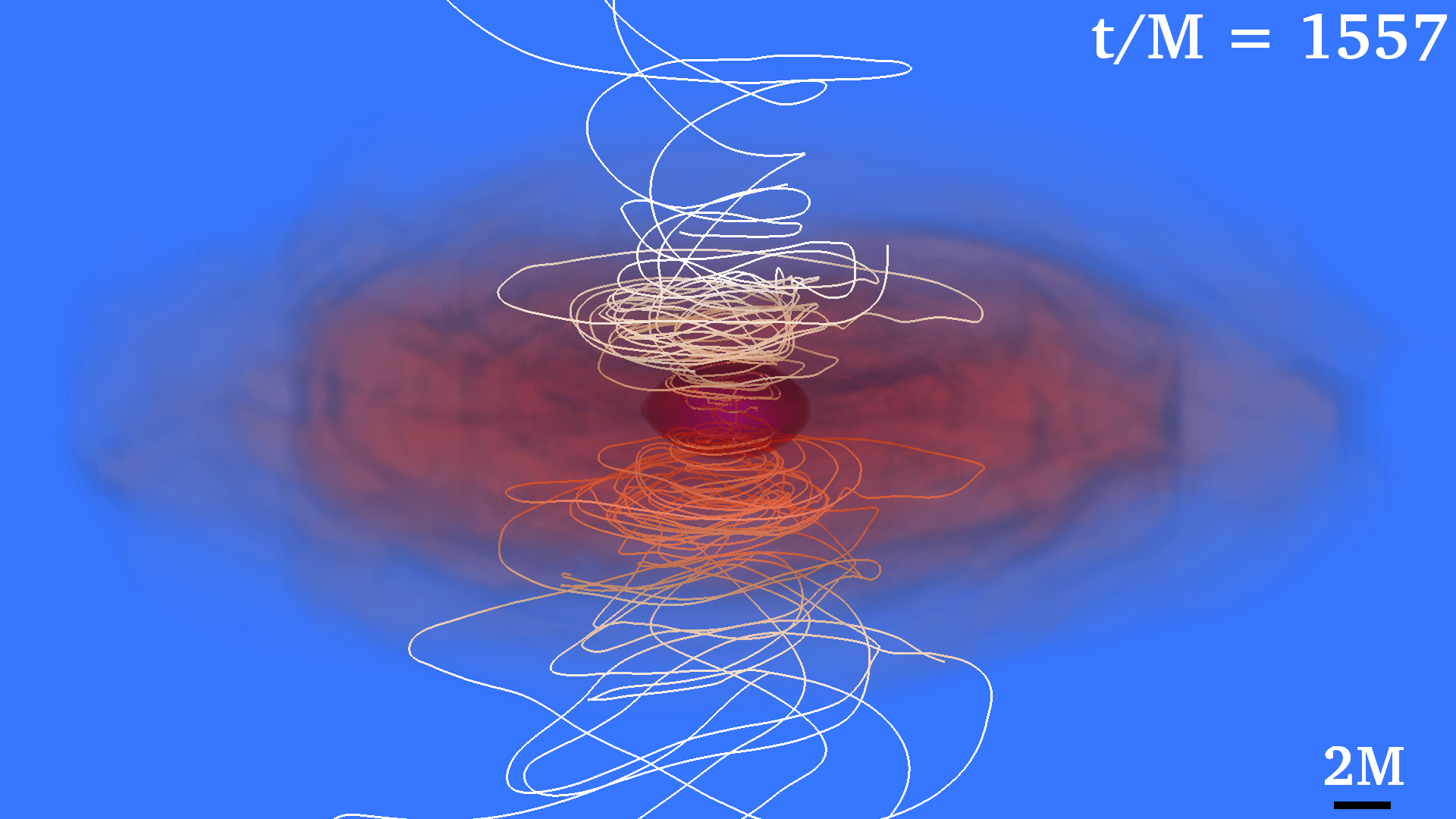 Fig. 1-3: Symmetric rest mass density at time t/M = 1557 |
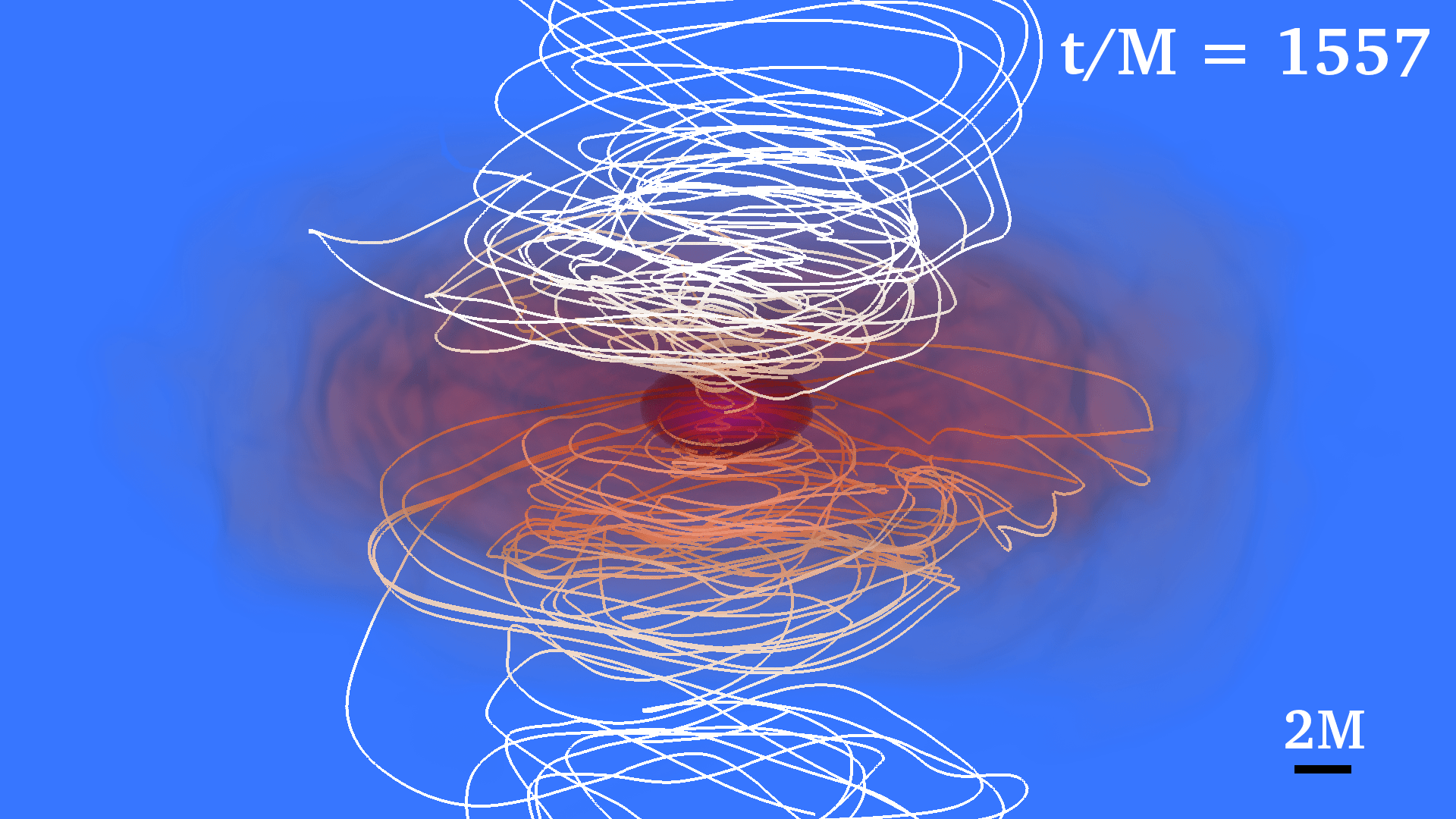 Fig. 1-3: 3D rest mass density at time t/M = 1557 |
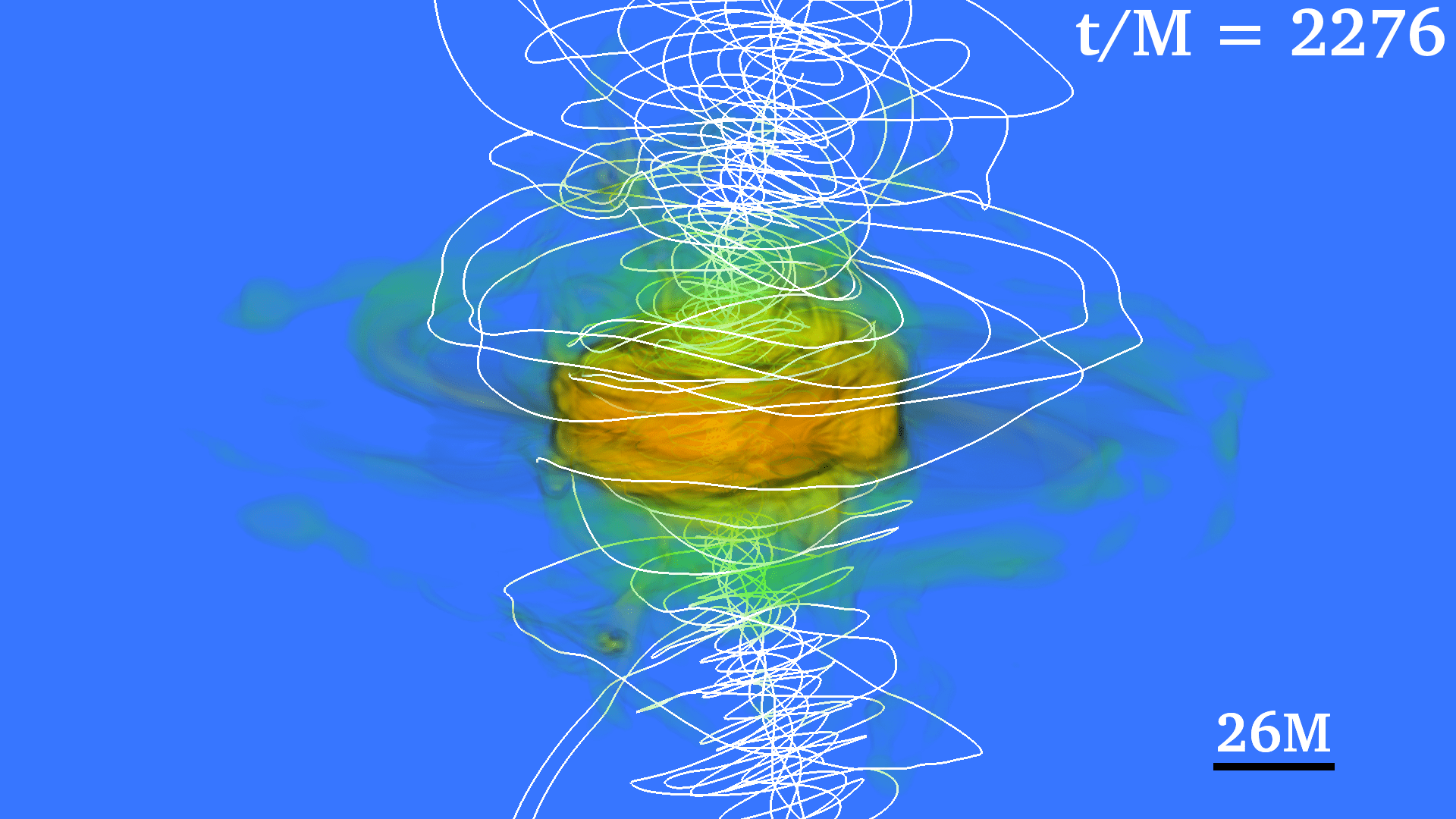 Fig. 1-4: Symmetric rest mass density at time t/M = 2276 |
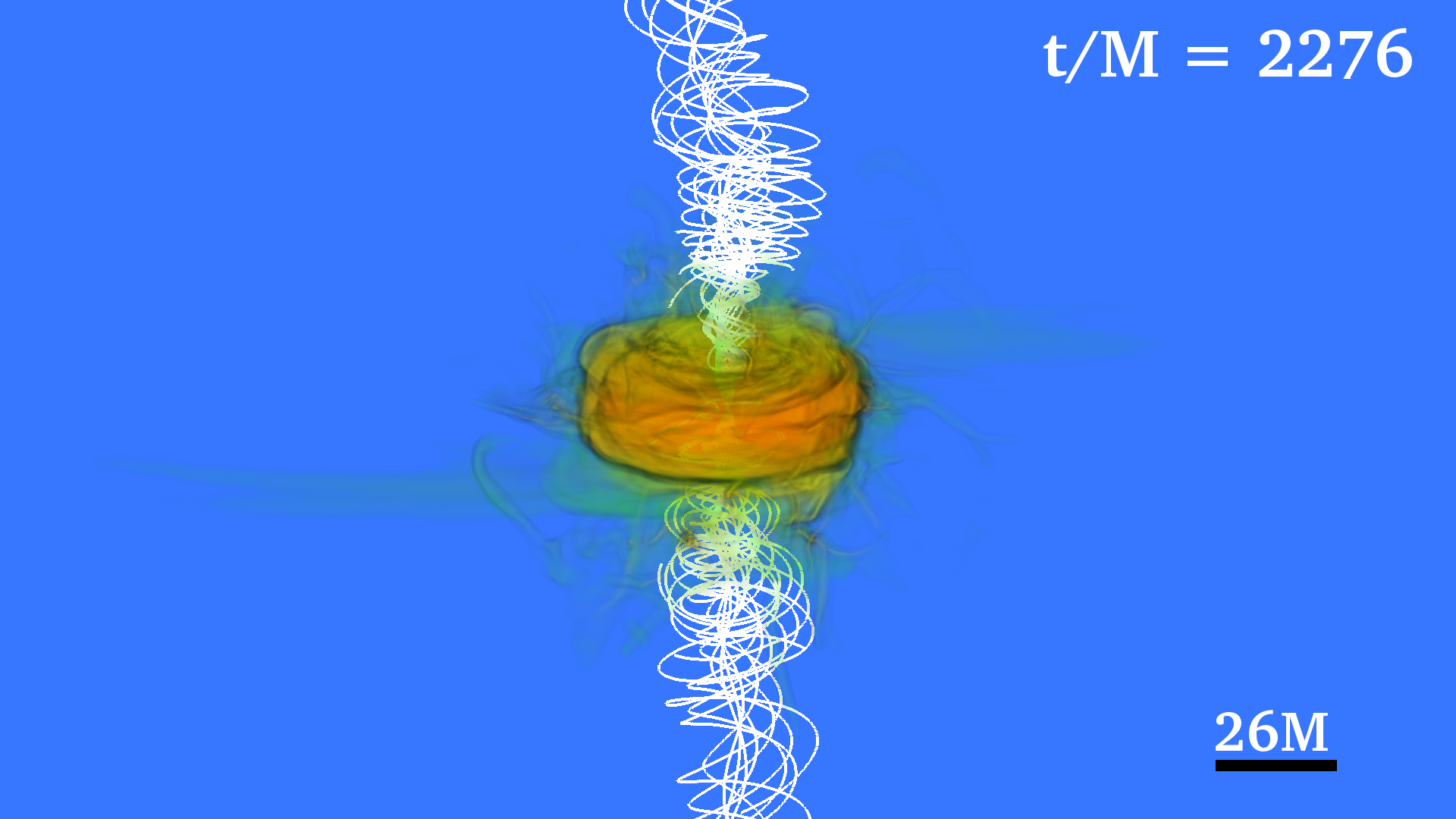 Fig. 1-4: 3D rest mass density at time t/M = 2276 |
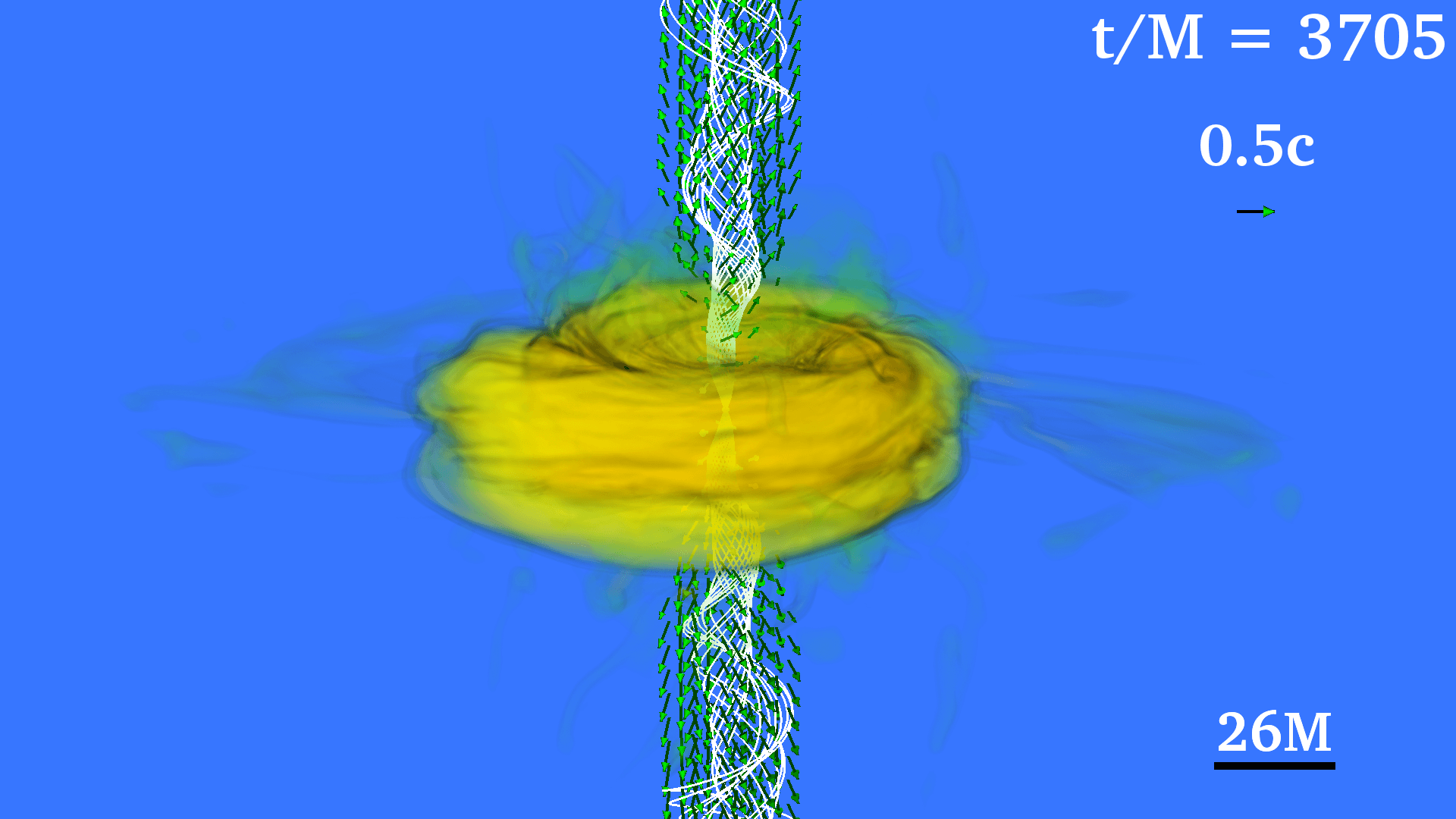 Fig. 1-5: Symmetric rest mass density at time t/M = 3705 |
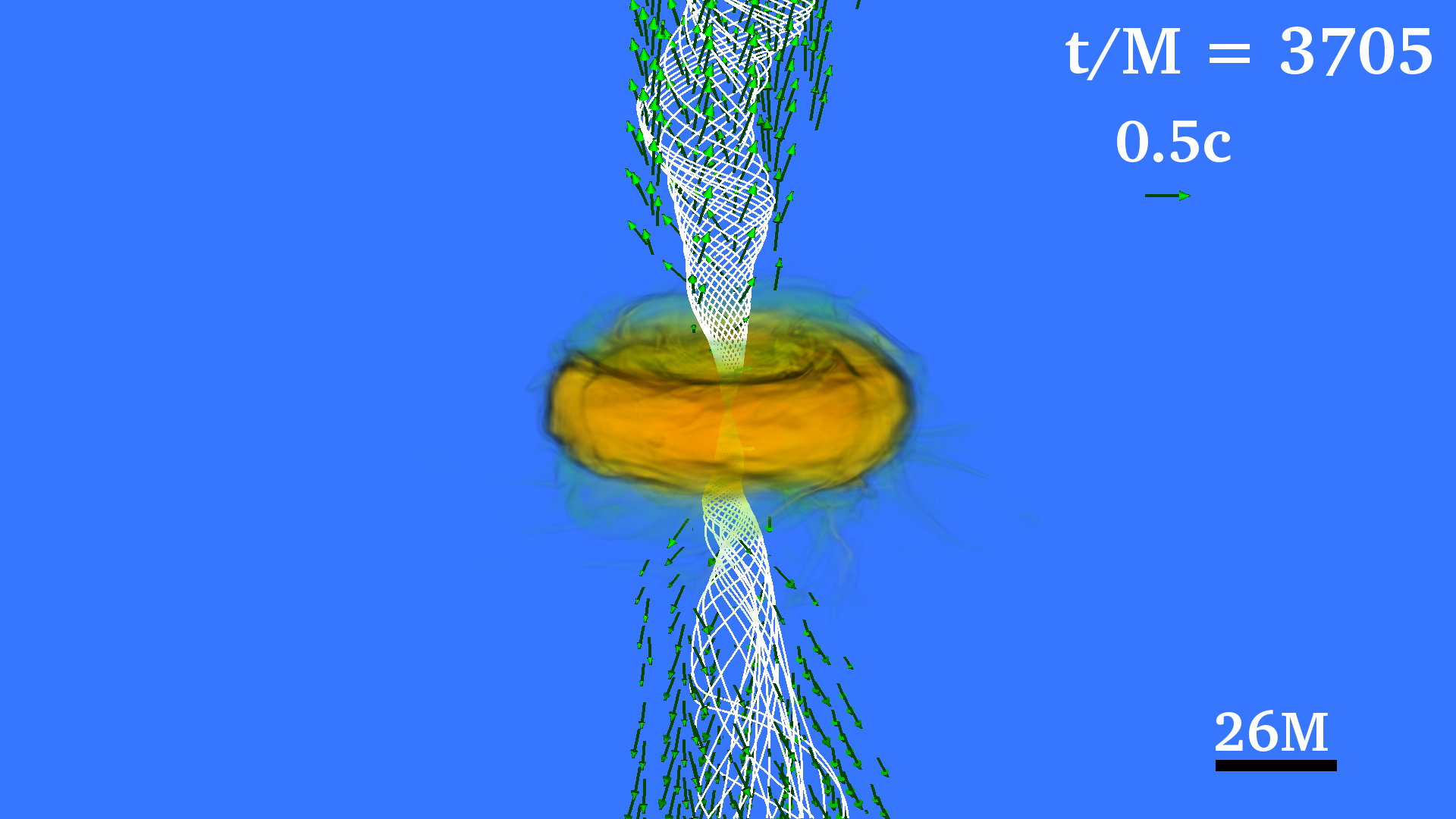 Fig. 1-5: 3D rest mass density at time t/M = 3705 |
| Play Equatorially Symmetric | Play 3D |